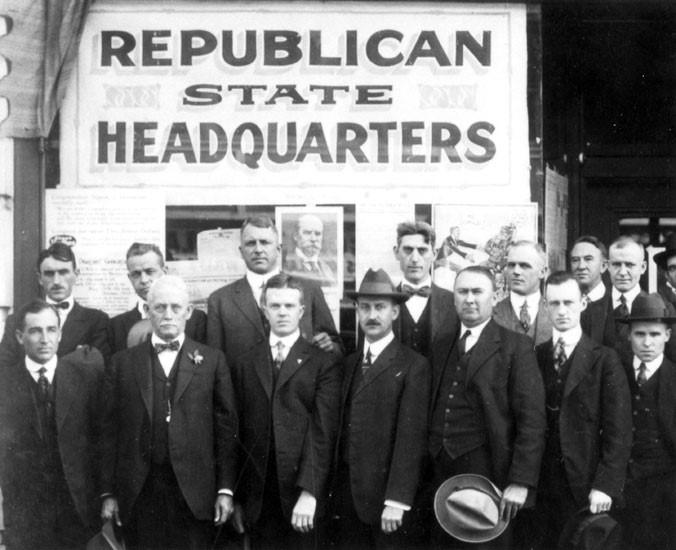Improving Urban Governance
by Jovanna Rosen with Lisa Schweitzer
Bedrosian Faculty Research Award: Improving Urban Governance through Community Development Agreements, Awarded January 2015
__________________________
Policies such as community benefits agreements (CBAs) and project labor agreements (PLAs) have recently proliferated in urban governance. These community development agreements similarly attempt to leverage urban growth and public participation within the development process to promote community development (Saito & Truong, 2014). In doing so, they are an entirely new way to govern urban development, one that can either go around or supplement existing land use approval and policy formulation procedures, in favor of deliberation directly between stakeholders to create policies through agreement (Been, 2010; Erie, Kogan & MacKenzie, 2010; Wolf-Powers, 2010).
Community benefits agreements exist around large-scale projects such as the $1.8 billion Yankee Stadium project and the $2.5 billion Staples Center in downtown Los Angeles, which included $390 million in public subsidies. Prominent project labor agreements govern Sound Transit construction in Seattle and, more recently, $40 billion in new transportation construction by the Los Angeles County Metropolitan Transportation Authority. While these megaprojects concern significant public funds,
Little research has addressed how these agreements occur and become implemented, particularly in relation to the existing land use development paradigm. Early evidence indicates that many CBAs and PLAs experience partial implementation and fail to achieve their articulated goals (Saito & Truong, 2014; Salkin & Lavine, 2008). We use two project labor agreement case studies and two community benefits agreements case studies to examine community development agreement implementation and, in particular, how community stakeholders participate in this process.
We address the following research questions:
- How do PLAs and CBAs differ from more traditional land governance procedures used throughout the US?
- Do the “new” PLAs result in similar agreements about local benefit distribution as CBAs?
- How do agreements about benefit distribution change among stakeholders during the implementation of an agreement?
- Do these changes in how agreements are implemented counter or reinforce existing power differences and patterns of inequality in urban governance or do these agreements represent a differing allocation of power to affect development?
Our preliminary findings indicate that under PLAs and CBAs, community stakeholders represent an important, acknowledged stakeholder group during agreement formulation. This, CBAs and PLAs differ from traditional land governance procedures in ways that may influence implementation. In particular, community stakeholders appear to systematically lose formal influence as these agreements transition to implementation, since community stakeholders generally lack control over monitoring and enforcement. However, in some instances, community groups have emerged in a watchdog role, seeking to influence enforcement through community pressure on the governmental bodies implementing the agreement. This suggests that these agreements may represent a different allocation of power during implementation, one which varies between agreement and context.


